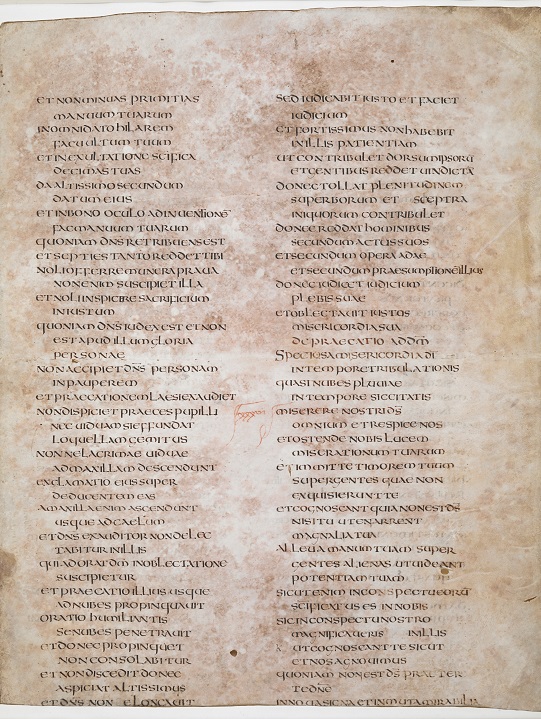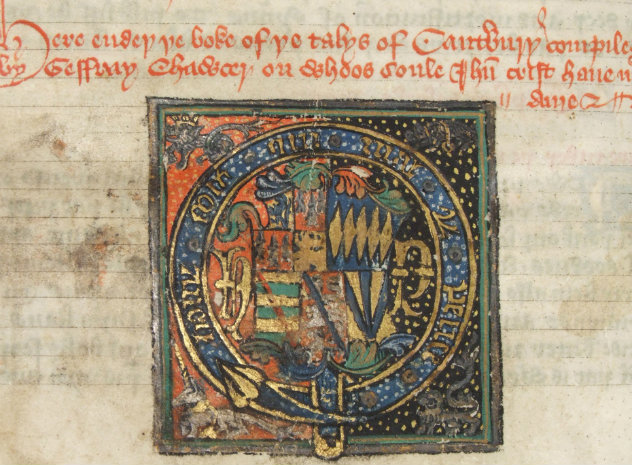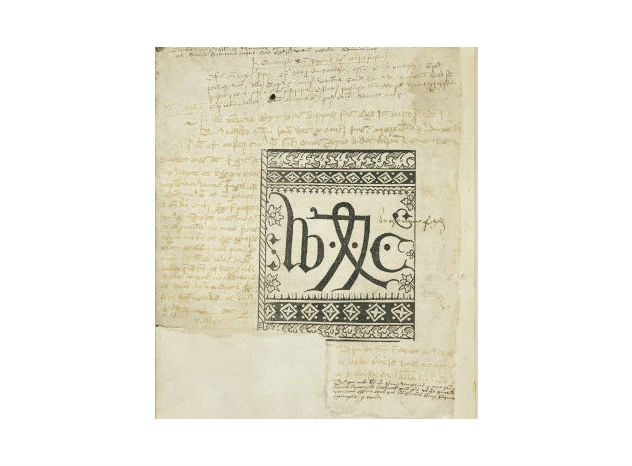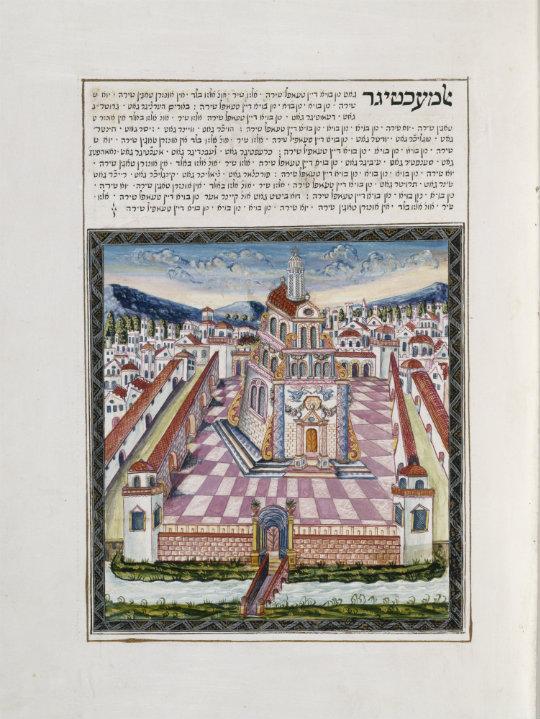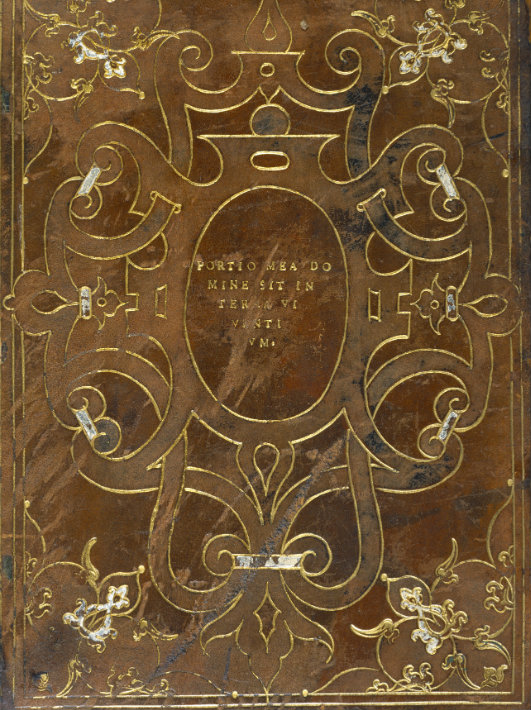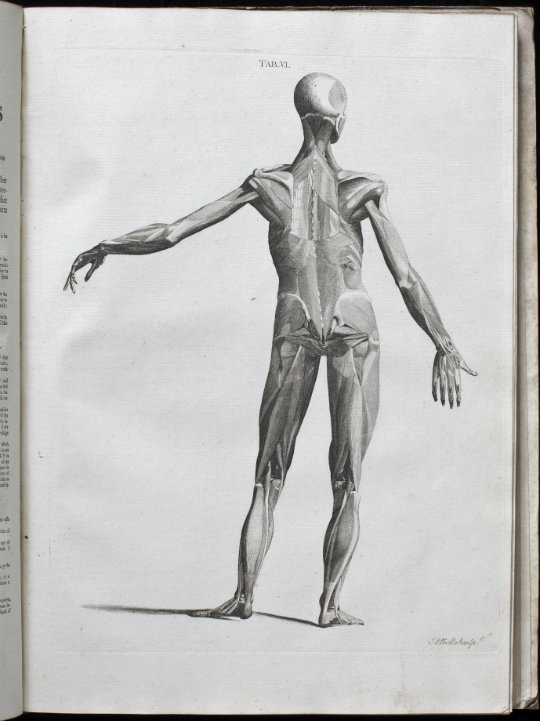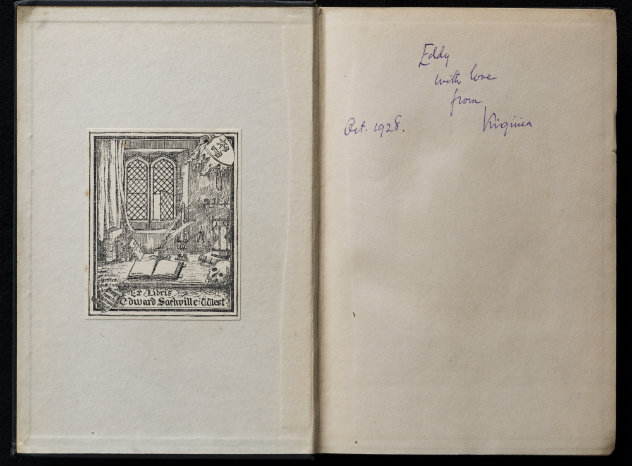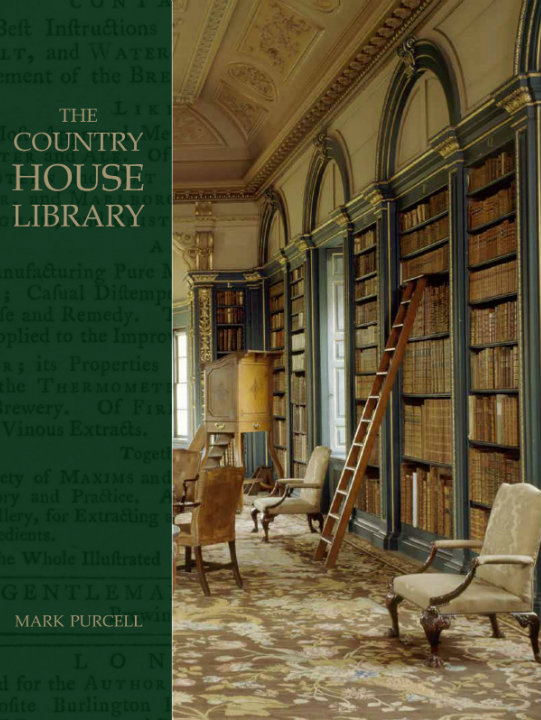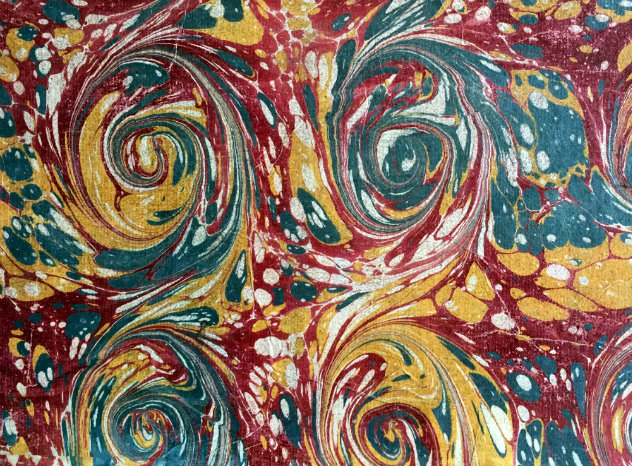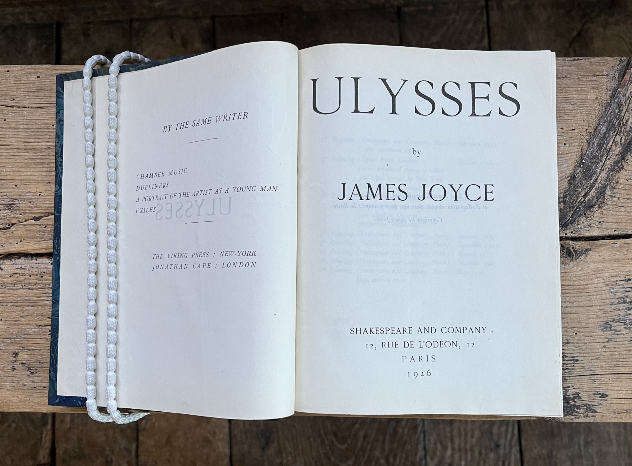The National Trust’s collection of books comprises over 400,000 titles, held in over 160 historic houses and properties. Taken as a whole the collection is one of international importance owing to its unique ability to provide an unparalleled record of private book ownership and use over many centuries.
Invaluable historical sources
Far from conforming to the persistent notion that these are collections that were ‘bought by the yard’ or for show, the books in National Trust properties are invaluable historical sources that have been used for centuries. The books preserve copy-specific signs of this use, such as original bindings, bookplates, inscriptions, marginalia and inserts. This, then, is the primary value of the book collections that are owned by the Trust: they are intimately connected to the properties, and the owners of the properties, in which they now reside.
The breadth of the collections is remarkable, taking in everything from medieval illuminated manuscripts shelved in opulent library spaces in great country houses to the printed ephemera that abounds in the urban homes and business premises of twentieth-century individuals.
Within this varied collection are some truly great treasures of the written word, including: the Lyme Missal, the only surviving copy of a book printed by William Caxton in 1487; the Leconfield Chaucer, a manuscript copy of the Canterbury Tales written in England c.1425; and the Bankes Fragment, a leaf from one of the first copies of the Bible to be produced in England c.698-716.
Blickling Hall, a goldmine of library history
The cornerstone of the Trust’s collection is the library at Blickling Hall. It is one of the greatest private libraries in the British and Irish Isles and is the largest collection owned by the Trust, consisting of some 15,000 manuscripts and printed books. The core of the collection was amassed by Sir Richard Ellys (1682-1742) and includes treasures such as an 18th-century manuscript Haggadah by the great scribe, Joseph ben David of Leipnik; several books bound for the French bibliophile Jean Grolier; and a copy of John Eliot’s Algonquian Bible (1663) – the first complete Bible printed in the Western Hemisphere.
Country house libraries
Other great country house libraries include Belton House, where over 10,000 volumes present a 400 year history of the reading habits of successive generations of the Cust and Brownlowe families. The core of the remarkable book collection at Lanhydrock includes early and unusual books drawn from numerous Cornish collections, including those of the Puritan clergyman, Hannibal Gamon (1582-c.1651). The magnificent Gothic revival mansion at Tyntesfield contains the Trust’s finest nineteenth-century collection, a near-perfect example of a Victorian gentleman’s library.

The Library at Belton House, Lincolnshire

The library at Tyntesfield, North Somerset
Townend: a farming family's collection of international significance
At the other end of the spectrum are those collections that are not housed in magnificent country houses but are incredibly important for the light they shine on the social and community histories of regions across the nation. The foremost example of this is at Townend which houses a small but very extraordinary library built up in the wilds of Cumbria by multiple generations of a family of yeomen farmers over four centuries. The Townend library provides a unique insight into the reading habits of a Cumbrian family, the publishing history of an entire region and the way in which books were bought and acquired many miles away from major cities.
Quarry Bank Mill and Gray's Printing Press
Other printed collections with equally important social, cultural and historical aspects include the Styal Community Library at Quarry Bank, a rare example of an intact Northern workers’ library showing the reading habits of working class men, women and children in the first half of the twentieth century. No less surprising is the collection of printed ephemera at Gray’s Printing Press, a printing business dating from the mid-eighteenth century. The posters, pamphlets and tickets printed on the presses at Gray’s document the social history of Strabane, a town that was particularly affected by the Northern Ireland conflict.
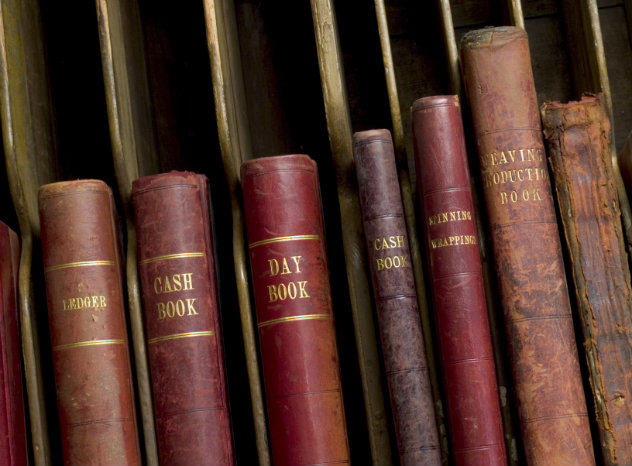
Cash books and ledgers in the Manager's Office at Quarry Bank Mill, Cheshire

The Columbian Printing Press at Gray's Printing Press, County Tyrone, Northern Ireland
Significant literary figures
Another important group of libraries are those that are held in the homes of significant literary figures. The earliest acquisition by the Trust of a property containing books was Coleridge Cottage, the former home of the great Romantic writer. This has been followed over the decades by homes and libraries belonging to Rudyard Kipling, Henry James, Agatha Christie, Ellen Terry and Vita Sackville-West, to name but a few. The books that they owned are invaluable for highlighting literary friendships and for shedding light on their creative processes.
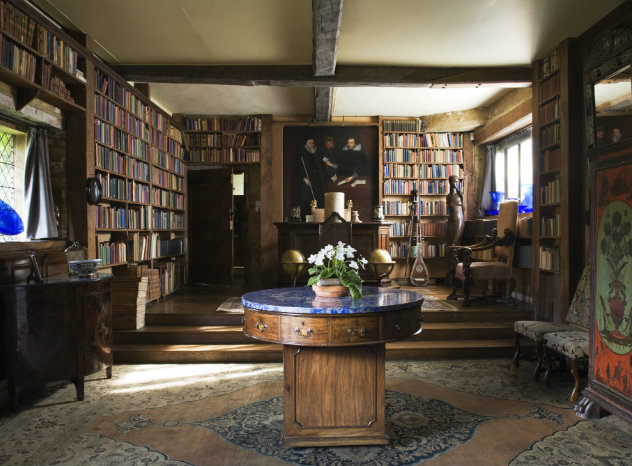
The Long Library at Sissinghurst, Kent, home to Vita Sackville-West and Harold Nicholson
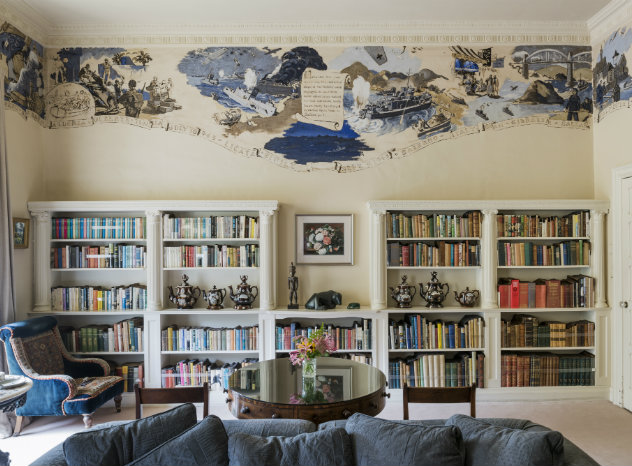
The Library at Greenway, Devon, the holiday home of Agatha Christie
Invigorating the collections
The Trust continues to acquire books that were formerly part of collections but that have been sold off over the years. An example of this is the first edition of Virginia Woolf’s Orlando, given by the author to Eddy Sackville-West during his residence at Knole. The book was acquired by the Trust in December 2016 with assistance from the Friends of the National Libraries.
Further information
The National Trust’s books continue to be catalogued on a daily basis. In addition to the records on the National Trust Collections website, detailed catalogue records for individual titles, including thorough copy-specific notes, can be accessed via Copac (http://copac.jisc.ac.uk).
Discover more
The Country House Library by Mark Purcell was published by Yale University Press in 2017.
Beginning with new evidence that cites the presence of books in Roman villas and concluding with present day vicissitudes of collecting, this generously illustrated book presents a complete survey of British and Irish country house libraries.
